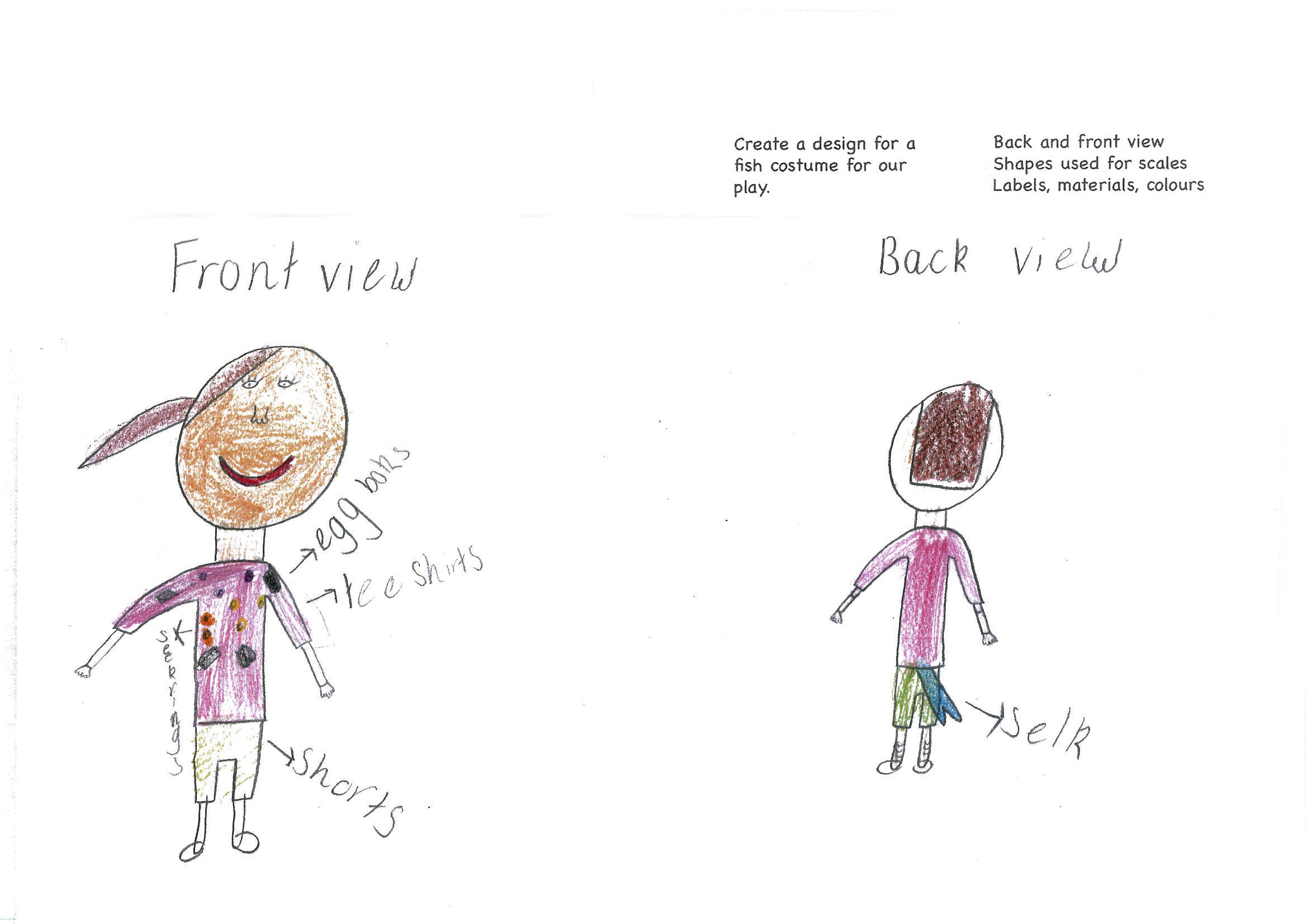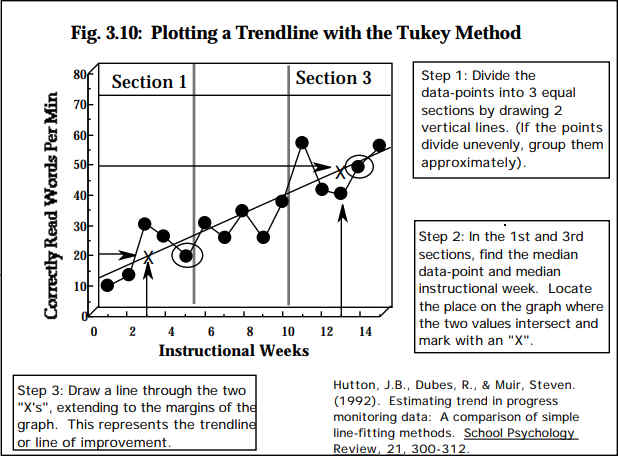Jan 12, 2016 - Explore annemareemoore's board 'NSW Syllabus' on Pinterest. See more ideas about australian curriculum, syllabus, english curriculum.
This article will explain what curriculum development is, why it’s important for an instructor’s pedagogy and discuss the three different types of curriculum design.
Curriculum development can be defined as the step-by-step process used to create positive improvements in the courses offered by a school, college or university. The world changes every day and new discoveries have to be roped into the education curricula. Innovative teaching techniques and strategies (such as active learning or blended learning) are constantly being devised in order to improve the student learning experience. As a result, an institution has to have a plan in place for acknowledging these shifts and then be able to implement them in the school curriculum.
What is curriculum development?
The word curriculum has roots in Latin. It originally meant “racing chariot” and came from the verb currere, “to run”.
Apr 6, 2013 - Explore Laura Chaffey's board 'Australian Curriculum - English', followed by 224 people on Pinterest. See more ideas about Australian curriculum, Curriculum, English curriculum. In the Australian Curriculum, students develop capability in critical and creative thinking as they learn to generate and evaluate knowledge, clarify concepts and ideas, seek possibilities, consider alternatives and solve problems. Health and Physical Education propositions. The Australian Curriculum: Health and Physical Education has been shaped by five interrelated propositions that are informed by a strong and diverse research base for a futures-oriented curriculum. Territories’ published in the Australian Curriculum Studies Association’s journal, Curriculum Perspectives, in 1998 and 2000. Subsequently, subject matter from these two articles formed the substance of papers presented at conferences of the Australian Curriculum Studies Association held at the.
The way we understand and theorize about curriculum nowadays has altered significantly over the years. Today, the most simple definition of the word “curriculum” is the subjects comprising a course of study at schools, universities or colleges
Of course differences in course design exist—a math course taken at one university may cover the same material, but the educator could teach it in a different way—but the core fundamentals of curriculum development remain the same.
What are the models of curriculum development?
Current curriculum models can be broken down into two broad categories—the product model and the process model. The product model is results-oriented. Grades are the prime objective, with the focus lying more on the finished product rather than on the learning process. The process model, however, is more open-ended, and focuses on how learning develops over a period of time. These two models need to be taken into account when developing curriculum.

What is curriculum planning?
Curriculum planning involves the implementation of different types of instructional strategies and organizational methods that are focused on achieving optimal student development and student learning outcomes. Instructors might structure their curriculum around daily lesson plans, a specific assignment, a chunk of coursework, certain units within a class, or an entire educational program.
During the curriculum planning phase, teachers consider factors that might complement or hinder their lesson curriculum. These include institutional requirements. Each administrator at a university or college will have guidelines, principles and a framework that instructors are required to reference as they build out their curriculums. Educators are responsible for ensuring that their curriculum planning meets the students’ educational needs, and that the materials used are current and comprehensible.

Educators should employ the curriculum process that best incorporates the six components of effective teaching. These components are applicable at both the undergraduate and graduate level:
- To demonstrate knowledge of content;
- To demonstrate the knowledge of students;
- Select suitable instructional strategy goals;
- To demonstrate knowledge of resources;
- To design coherent instruction;
- Assess student learning.
What is curriculum design?
Now that we’ve gone over curriculum development and planning, let’s discuss curriculum design. Curriculum design is the deliberate organization of curriculum within a course or classroom. When instructors design their curriculums, they identify what will be done, who will do it and when, as well as what the objective of each course is. Remember that the curriculum contains the knowledge and skills that a student needs to master in order to move to the next level. By thinking about how their curriculum is designed, teachers ensure they’ve covered all the necessary requirements. From there, they can start exploring various approaches and teaching methods that can help them achieve their goals.
What are the types of curriculum design?
There are three basic types of curriculum design—subject-centered, learner-centered, and problem-centered design.
Subject-centered curriculum design revolves around a particular subject matter or discipline, such as mathematics, literature or biology. This type of curriculum design tends to focus on the subject, rather than the student. It is the most common type of standardized curriculum that can be found in K-12 public schools.
Teachers compile lists of subjects, and specific examples of how they should be studied. In higher education, this methodology is typically found in large university or college classes where teachers focus on a particular subject or discipline.
Subject-centered curriculum design is not student-centered, and the model is less concerned with individual learning styles compared to other forms of curriculum design. This can lead to problems with student engagement and motivation and may cause students who are not responsive to this model to fall behind.
Learner-centered curriculum design, by contrast, revolves around student needs, interests and goals. It acknowledges that students are not uniform but individuals, and therefore should not, in all cases, be subject to a standardized curriculum. This approach aims to empower learners to shape their education through choices.
Differentiated instructional plans provide an opportunity to select assignments, teaching and learning experiences, or activities. This form of curriculum design has been shown to engage and motivate students. The drawback to this form of curriculum design is that it can create pressure on the educator to source materials specific to each student’s learning needs. This can be challenging due to teaching time constraints. Balancing individual student interests with the institution’s required outcomes could prove to be a daunting task.
Problem-centered curriculum design teaches students how to look at a problem and formulate a solution. Considered an authentic form of learning because students are exposed to real-life issues, this model helps students develop skills that are transferable to the real world. Problem-centered curriculum design has been shown to increase the relevance of the curriculum and encourages creativity, innovation and collaboration in the classroom. The drawback to this format is that it does not always consider individual learning styles.
By considering all three types of curriculum design before they begin planning, instructors can choose the types that are best suited to both their students and their course.
Conclusion
Developing, designing and implementing an education curriculum is no easy task. With the rise of educational technology and the diverse types of students attending higher educational institutions these days, instructors have their work cut out for them. But by following the fundamental guidelines and framework of curriculum development, educators will be setting themselves — and their students — up for long-term success.


Tagged as:
 New to Teaching
New to TeachingThe Improved Australian Curriculum Effective Curriculum Ideas Kindergarten
